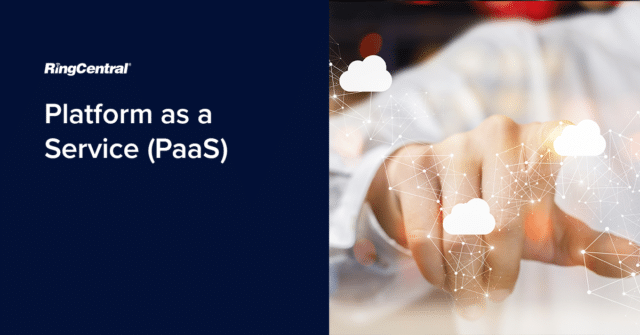In today’s fast-paced digital world, companies are constantly bombarded with a never-ending flow of data and new technology. Legacy environments simply can’t keep up. That’s why a growing number of businesses are embracing the cloud as a flexible, accessible, and affordable alternative.
PaaS solutions facilitate modern business needs while mitigating the expenses and complexities of buying, installing, and managing in-house hardware and software. But what exactly is PaaS and how can it help you to grow your business?
What is Platform as a Service (PaaS)?
Platform as a Service (PaaS) is the term given to a cloud computing platform in which software and hardware resources are provided by a third party. These resources are used to support business users and developers to efficiently build user-friendly applications.
PaaS solutions are mostly specific to software and application platform development projects. Typically, PaaS models include:
- Physical infrastructure
- Cloud applications (software deployment in the cloud)
- A graphic user interface (GUI)

How Does PaaS Work?
In the PaaS model, all backend management is taken care of via the provider’s infrastructure. This means businesses don’t need to install cumbersome developer tools onto local computers or manage complex container orchestrators such as Kubernetes. Instead, PaaS products are provided via the web, making them more accessible and easier to use.
PaaS delivers development tools via an online interface. This means that instead of only being able to work from an on-site computer, software developers can log in from anywhere, providing greater flexibility for dispersed and remote teams. With PaaS, developers can access the software and hardware they need for application design, testing, and maintenance.
It’s important to note that PaaS doesn’t completely replace a company’s IT infrastructure. Rather, it uses a cloud service provider to provide users access to a runtime environment for app development via a web browser. PaaS offerings can be delivered through different types of clouds, such as public, private, and hybrid, to deliver various services like application hosting, Java development, and more.
As well as a development space, PaaS can include managed and scalable cloud databases, support for different languages, mobile SDKs, and library access. All of this makes it an efficient and affordable alternative to setting up, operating and maintaining an internal environment hosted by IT services on-premises.
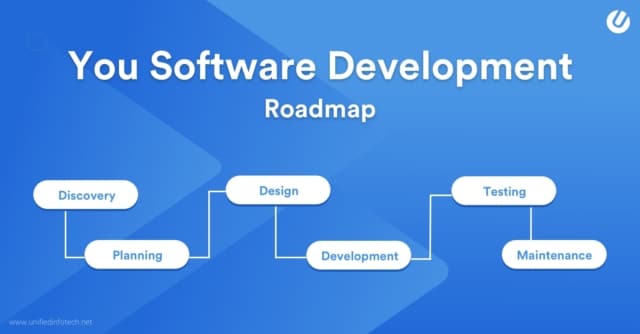
PaaS and Serverless
Both PaaS and serverless platforms enable developers to focus on developing great apps rather than maintaining the hardware and software they need to do so. Although there are many similarities between these two platforms, the key differences are in scalability, pricing, tooling, and whether or not teams can deploy apps at the network edge.
What are PaaS Applications?
The PaaS cloud service model can be applied across a diverse range of business functions, namely those involved in developing and deploying user-friendly applications. Here are some of the main applications that can help businesses and organisations.
Development tools
PaaS vendors provide various tools that are integral to software development. Often, these tools are offered as a framework. However, the specific offerings depend on the provider.
Middleware
Middleware refers to the software that lies between user-facing apps and a machine’s operating system. PaaS vendors provide middleware so that users can perform requests like form submissions on web browsers or allowing web servers to return pages based on the user’s profile. It’s essential for running and facilitating the communication of data and information between applications, but end-users don’t interact with it directly.
Operating systems
A PaaS vendor provides and maintains the operating systems that developers and applications work on.
Databases
PaaS vendors administer, manage, and maintain databases for users. This means that providers handle database management functions like upgrades, backups, and monitoring, without involving the user.
Infrastructure
As the next level in the cloud computing model, PaaS includes everything that is involved in IaaS. So a provider will either manage services, storage, and data itself or purchase them from an IaaS vendor.
What are the Differences Between IaaS, PaaS, and SaaS?
Now that you’re up to date on all things PaaS, let’s look at how different cloud services stack up against one another.
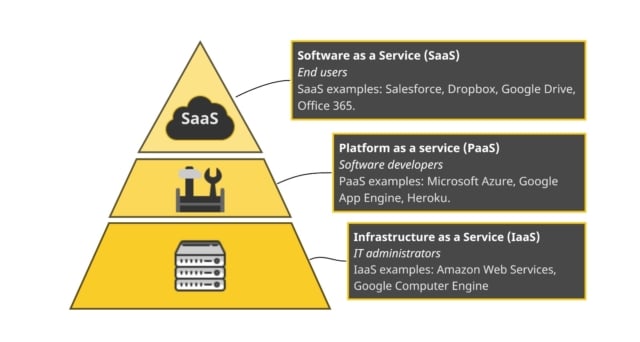
What is Infrastructure as a Service (IaaS)?
An IaaS platform refers to IT infrastructure hosted in the cloud. It’s made up of virtual servers and provides virtual access to enterprise-grade computing hardware. Key features of IaaS include cloud security, data storage centres, and back-up and analysis.
The most well-known example of an IaaS provider is Amazon Web Services (AWS) which hosts the infrastructure behind web properties such as Airbnb and Netflix. Other examples include Google Computer Engine and Rackspace.
What are the Pros and Cons of IaaS?
Purchasing infrastructure from cloud service platforms like AWS provides companies with cost-effective and robust computing resources that are scalable. The cons of IaaS include the potential of cyber threats, less control born out of the need for outsourcing, and service performance reliability.
What is Software as a Service (SaaS)?
SaaS refers to a cloud-based service where applications are accessed via an internet browser, instead of downloaded and stored on business networks or desktop PCs. With SaaS, everything is managed by third-party providers.
SaaS applications can be office software, unified communications solutions, or numerous other business apps. There’s a diverse range of SaaS technologies for SMBs on the market, some examples include Dropbox, Evernote, Google Workspace, and Cisco WebEx.
What are the Pros and Cons of SaaS?
The main advantages of SaaS include improved accessibility, enhanced compatibility, and operational management. Moreover, SaaS models typically require lower upfront costs than more traditional software solutions which require downloads, installation, and maintenance.
SaaS applications usually require an internet connection to be used. However, some SaaS applications are available offline. Other potential downsides to SaaS applications include vendor lock-in, data security concerns, and lack of control.
It can be confusing to get your head around the differences between the models of cloud. The main decision you’ll need to make when transitioning to the cloud is how much you want to manage yourself (on-site) and how much you want the service provider to manage.
The image below neatly illustrates how IaaS, PaaS, and SaaS compare in terms of who manages what, so you can make the right choice for your business.
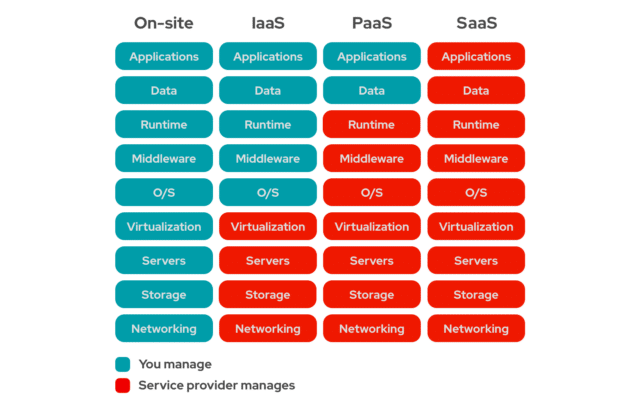
Whether classified as IaaS, PaaS, or SaaS, cloud services can yield countless benefits for businesses when it comes to usability and cost-effectiveness.
What are the Types of PaaS?
Different types of cloud PaaS are diverse in how their data is stored and managed. Below is an overview of each.
Public PaaS
A public PaaS service is one that runs on the public cloud. With public PaaS services, the consumer doesn’t need to manage the application stack infrastructure (incl: operating system, database, programming language, etc.)
With public PaaS, users get simplicity and speed to market, but less control over their development stacks. Some small and medium-sized businesses use public PaaS. Most enterprises and large-scale organisations, though, have decided against it due to its connection to the public cloud, which adds security concerns.
Examples include Microsoft Azure, Heroku, and Salesforce.
Private PaaS
With a virtual private cloud PaaS, businesses can enjoy more control over their data. The infrastructure is exclusive to the user and can be stored in a data centre or on-site. The goal of a private PaaS is to deliver the agility of public systems along with the benefits in security and compliance that private data centres provide.
This all sounds great, however, there are some downsides to opting for a private PaaS solution. Here customers have to secure, manage, and maintain physical servers, which is a big price to pay for avoiding the public cloud.
Private PaaS examples include Apprenda, Stackato, and CloudBees.
Hybrid PaaS
Hybrid PaaS is a popular model that a lot of businesses are adopting. The hybrid PaaS model combines public and private to provide greater flexibility of capacity and stability of costs.
An example of a popular hybrid PaaS vendor is Red Hat Openshift.

Communications PaaS
Communications platform-as-a-service (CPaaS) refers to a cloud-based platform that developers can use to add real-time communications features to their app service, without having to build backend interfaces and infrastructures.
By using CPaaS to embed communications features, DevOps teams can save on the costs of human resources, infrastructure, and market time.
RingCentral offers a comprehensive CPaaS solution via the RingCentral developer platform. With this service, teams have access to open-source application programming interfaces (APIS) and embedded communications tech that enables them to add communication platforms like voice, SMS, meetings, and data to business apps for superior customer experience.
Mobile PaaS
Mobile Platform-as-a-service (MPaaS) refers to the development and deployment of mobile apps via the cloud.
OpenPaaS
OpenPaaS is a cloud-based social platform that aims to encourage collaboration and teamwork with a cloud framework. It provides real-time collaboration services like document editing, advanced video conferencing solutions, and business process modelling.
Paas vs Saas
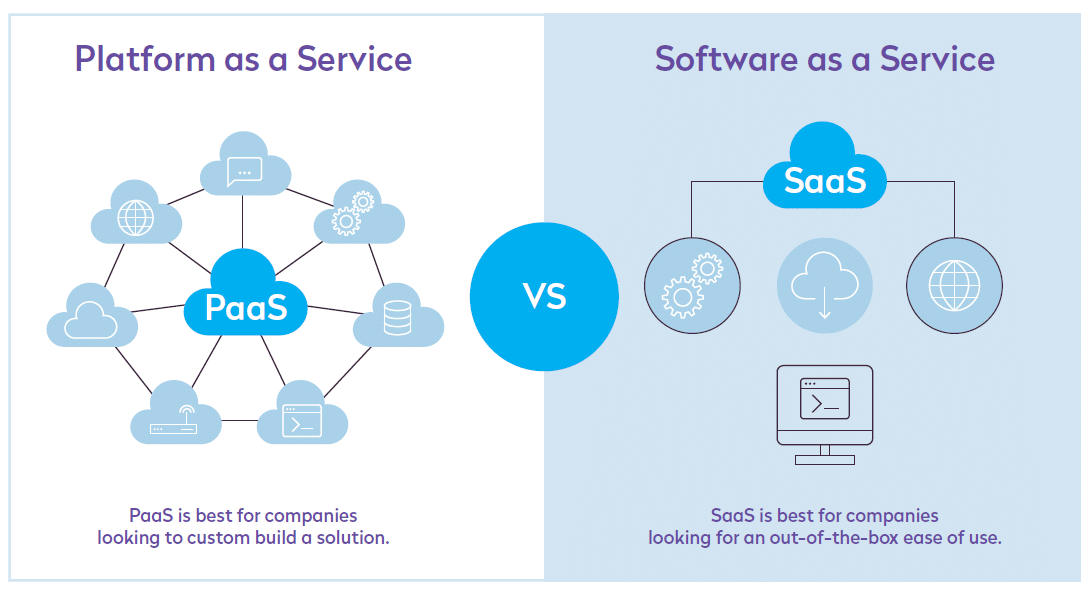
Top Platform as a Service (PaaS) Providers
Some of the top PaaS providers include:
- RingCentral: Provides a cloud business phone solution to better support business communications.
- Amazon AWS: Offers various cloud computing services including computing power, database storage, content delivery, and more. Amazon AWS is one of the biggest players among PaaS vendors.
- Google App Engine: Helps users to build mobile and web back-ends by providing essential programming languages, frameworks, and libraries, while it takes care of infrastructure needs.
- Heroku: PaaS provider that allows users to run apps within containers while taking care of everything else.
- Microsoft Azure: Allows users to deploy apps, services, and infrastructure with access to Azure products related to storage, containers, analytics, Internet of Things (IoT), artificial intelligence (AI), security, etc.
- Oracle Cloud PaaS: Allows users to develop, deploy, and test apps in the cloud.
Key benefits
There are numerous advantages to PaaS that go beyond cutting costs. Let’s take a look at some.
- Reduce coding time: With PaaS development tools, teams can reduce the amount of time spent coding new applications with built-in pre-coded components like workflow, security, search, etc.
- Increased development capabilities: PaaS offerings provide development teams with sophisticated tools and added capabilities, without having to bring on new team members to get the job done.
- Support dispersed or remote teams: Cloud-native computing environments allow remote teams to collaborate and communicate in real-time from different locations.
- Ability to develop for multiple platforms: Certain PaaS service providers provide development options for different platforms like computers, mobile, and web browsers.
- Web application lifecycle support: With PaaS solutions, development teams have access to all the tools they need to effectively build, test within a virtual machine, deploy, and update apps within an integrated environment.
- Cost-effective development: Without having to start from scratch, application development teams that use PaaS can focus on building apps that provide an exceptional user experience. This results in cost savings when it comes to equipment and worker productivity.

How Does RingCentral Support PaaS?
As businesses moved their operations to the cloud, it didn’t take long for communications to follow suit.
RingCentral is a fantastic example of a PaaS application. RingCentral provides a cloud phone system for businesses of all sizes. No matter how many lines the customer has, they can access a suite of enterprise-quality features to facilitate better customer service with enhanced functionality through key features like auto-attendant, call forwarding, and visual voicemail.
RingCentral’s cloud phone system is hosted and maintained within the provider’s data centre. This means companies don’t have to worry about the time and money spent on installing, managing, and maintaining expensive hardware in the office. With a hosted PBX, RingCentral provides all the call management features of legacy PBX solutions by using Voice over Internet Protocol (VoIP) to make calls via the internet.
With RingCentral, businesses can mitigate challenges associated with legacy systems like costly long-distance calling, pricy office hardware, and lack of flexibility. Instead, RingCentral’s PaaS allows businesses to subscribe to the service, rather than investing in and relying on an on-premise system. With RingCentral, businesses can benefit from:
- Increased flexibility and mobility for co-located, dispersed, and remote teams
- User-friendly features and deployment
- Integrations with other business apps
- Open APIs for custom integrations
- A unified communications platform that facilitates phone, video, and messaging for desktop and mobile devices
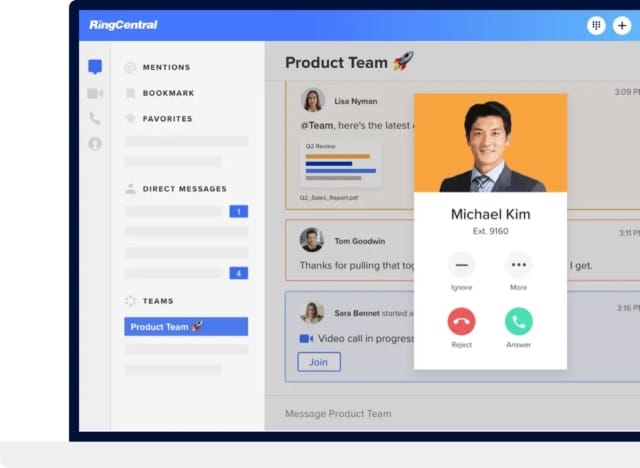
The Future of PaaS
PaaS is leading the way for a new era in business innovation. Cloud computing is the only way forward for businesses looking to grow in an era of digital transformation. Companies big and small should consider transitioning to cloud-based systems for increased flexibility, productivity, and business continuity.
It offers a cost-effective solution to the development challenges posed by complex infrastructures, allowing businesses to focus their workforce while benefiting from secure data storage, sophisticated tools, and streamlined operations.
Originally published Jan 07, 2021, updated May 15, 2021

